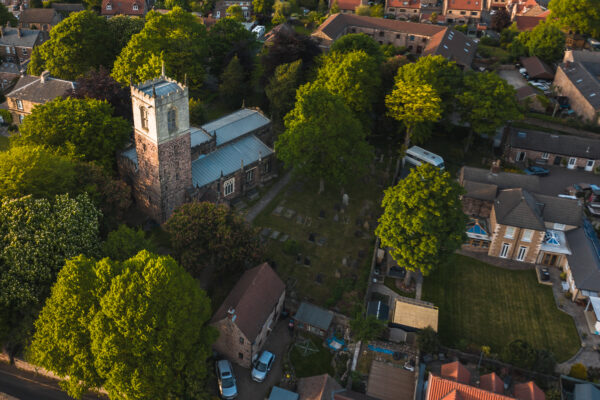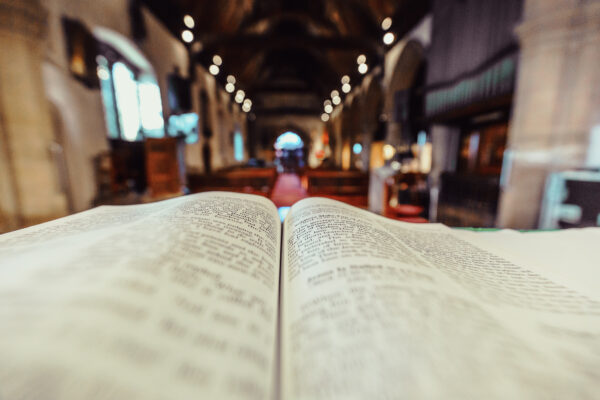Your church is a community on mission. Visitors will get a sense of your community’s values and culture digitally before they ever meet you physically. Increasingly, communicating community values online is more effective through photography used on websites and social media than through written text.
Further, photography and video can instantly express the heart of the community in a way that is much harder to do through text.
Photography can be a window into the community, its values and culture. Good photography of human subjects can feel like an open door, warmly inviting the visitor to experience a gracious welcome. In your context, it is possible to use photography to undermine the many preconceived notions and assumption of what church is and who church is for.
Here are five tips for capturing compelling images of your church:
1. Buildings are great, but people are better!
Church photography should be about portraying a welcoming atmosphere. It’s essential to use smartphone photography to capture the warmth of smiling faces rather than focusing on buildings. People are more relatable, attractive, and inviting; they give an idea of what the community is like. Therefore, good church photos should communicate a welcome to the community rather than just showcasing the building.
Capture moments when your church community gathers in groups large or small. Don’t hesitate to take out your phone, ask for permission and start capturing shots of your congregation.
2. Keep it bright and natural
Your smartphone has a powerful camera but good lighting is key for great photos. Poorly lit scenes can result in distorted or pixelated images. Rather than using special equipment, aim for naturally well-lit settings. Direct midday sunlight might be too harsh, but often in the UK, the light is softer and indirect. This type of lighting creates perfect conditions for your smartphone’s camera to capture crisp, clear and beautiful images.
3. Get close… But not too close
When capturing welcoming people with your smartphone, avoid wide shots that make them look small or extreme close-ups that only show their face. Instead, aim for medium or medium close-up shots, possibly from the waist or shoulders up. This way, the person fills the screen without losing context. Hold your phone up to get closer and convey what they’re like in their surroundings. Here are some examples of this approach:



4. Relax and smile
The aim of using smartphone photography for your church is to invite newcomers warmly into your community. The ideal images depict people at ease, enjoying themselves rather than posing stiffly or staring straight into the camera. Such candid shots are inviting and less intense, providing a genuine insight into your congregation’s communal life.
It’s not about staging moments but capturing spontaneous instances during events or meetings (with permission, of course). These unposed photos offer online visitors an authentic glimpse of the joy within your Christian community.
This will be a cultural shift for many of us. It will feel very strange at first but the benefits to the overall welcome of your church far outweight the awkwardness. It is also true that after a while, these things become less strange and part of church custom.
5. Image collection
Churches must embrace using high-quality, inviting images on their websites and social media. However, it’s essential to strike a balance; worship times may need protection from photography while other group activities are open for capturing. Being present in the moment is as crucial as documenting it.
A shared image collection can help manage this balance effectively. Intentionally collected photos during specific moments can be accessed by those responsible for online content creation. This reduces constant photo-taking and allows more engagement with the community.
Consider hosting a church picture picnic – an event where all attendees know photographs will be taken for website use and social media posts. Despite feeling unusual initially, these pictures genuinely reflect the church’s essence to potential visitors who haven’t yet decided to attend physically.
Lastly, identify individuals talented in photography or willing to learn about effective church photography. They could capture important moments periodically, contributing towards curating the image collection.
Here to Help…
Elliot Hyliger is the Diocese of Sheffield’s Digital Mission Development Advisor and is ready to help you use photography to give your community a warm welcome.
Regardless of your experience with photography or smartphones, support will always begin with a conversation. Get in touch with us today.


